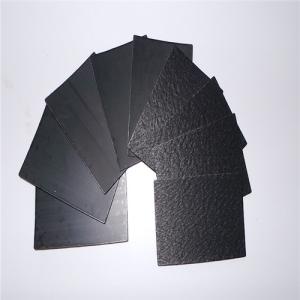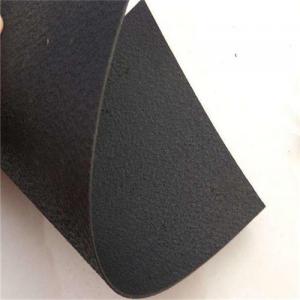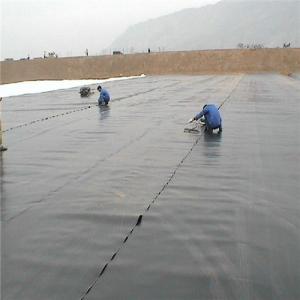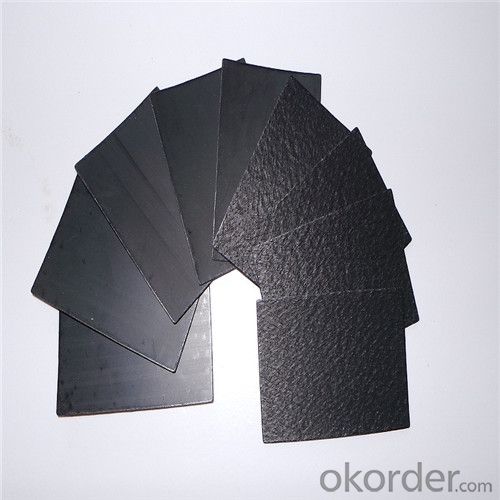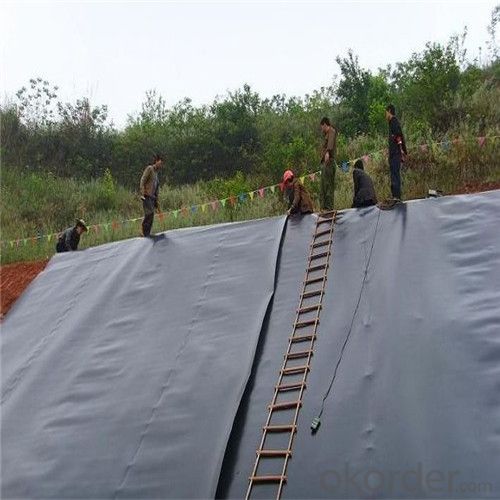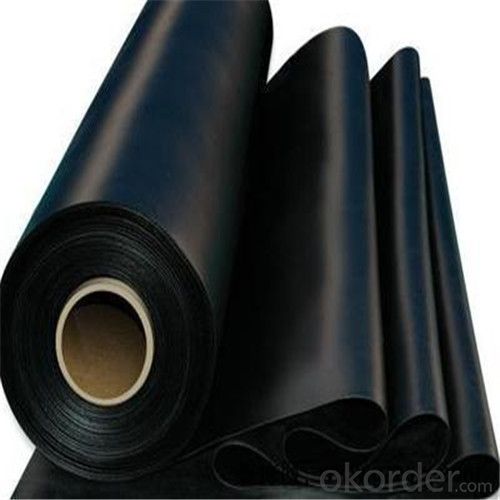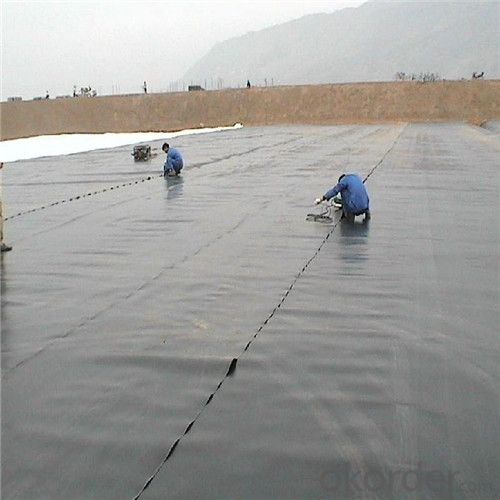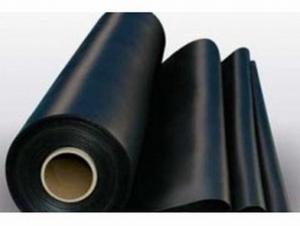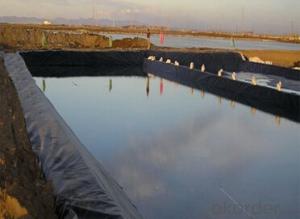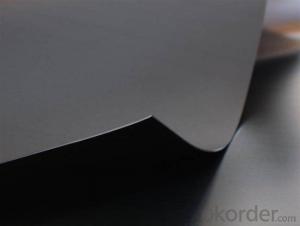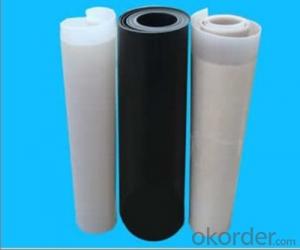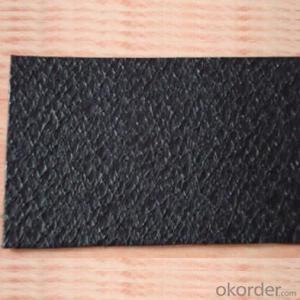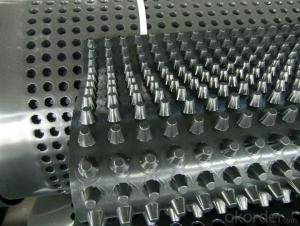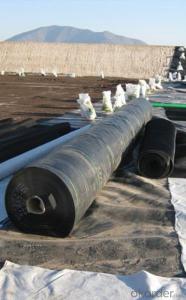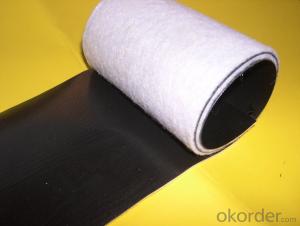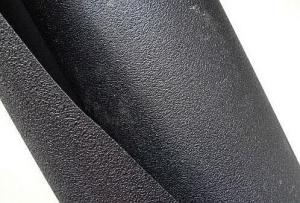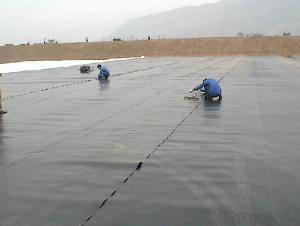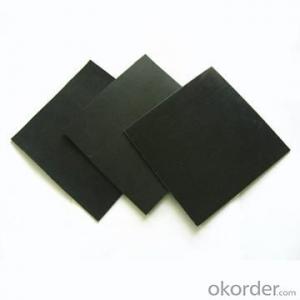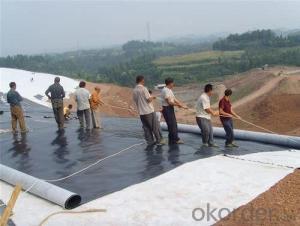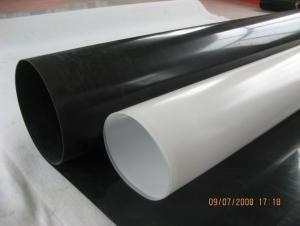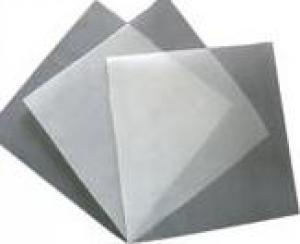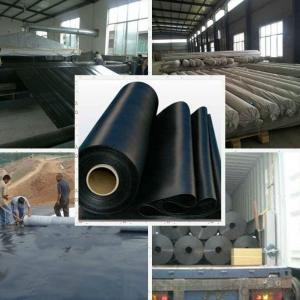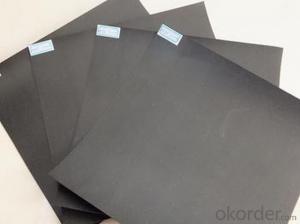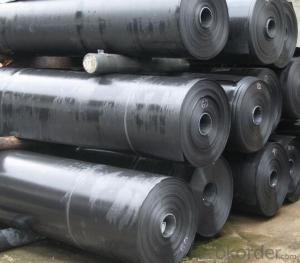HDPE Geomembrane Liner for Aquaponics Construction
- Loading Port:
- China main port
- Payment Terms:
- TT or LC
- Min Order Qty:
- 2000 m²
- Supply Capability:
- 1000000 m²/month
OKorder Service Pledge
OKorder Financial Service
You Might Also Like
Specification
Geomembrane Description
Geomembrane is made from high grade polyethylene raw material, adding carbon black, antioxidant, antiaging and UV-resistance component.
It uses the first class automatic production equipment and three-layer pressing technology. All products are in accordance with GB, GRI and ASTM test standard.
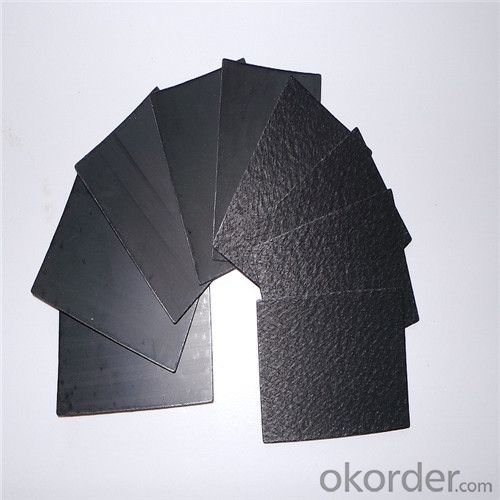
Geomembrane Specification
Thickness: 0.75mm-3.0mm
Width: 2m-12m
Color: grey, as request
Material: HDPE, LDPE, LLDPE
Type: smooth, textured
Geomembrane Property
1) Excellent environmental stress cracking resistance property.
2) Low temperature resistance, corrosion resistance, aging resistance.
3) For service temperature range: -60℃ - +60℃.
4) Service valid term: 60 years at least.
5) Anti-crack, dimensional stability, anti-aging, smooth appearance, high friction coefficient
Geomembrane Application
1) Municipal environmental projects, water conservancy projects.
2) Landfill cap, mining heap leach pads.
3) Pond liner, canal linings, tank linings, raw water treatment reservoirs, retention ponds.
4) Waste water treatment lagoon, secondary containment.
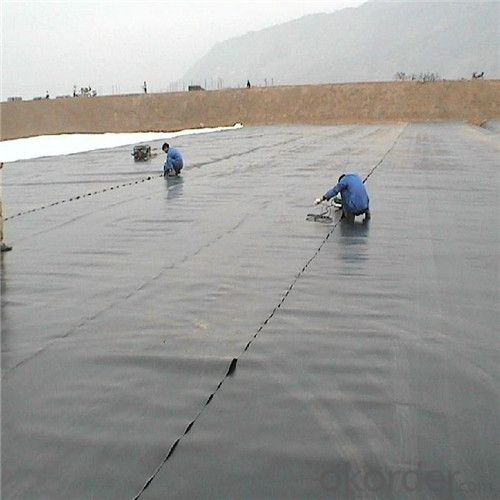
- Q: Can geomembranes be used in decorative landscape designs?
- Yes, geomembranes can be used in decorative landscape designs. They can be used as liners for ponds or water features, as well as for retaining walls or raised garden beds. Geomembranes provide a barrier against water leakage and can help maintain the integrity and aesthetics of the landscape design.
- Q: how to remove the oxidation of the packaging film of aluminium alloy door and window by the sunlight?
- Try using a solution of diluted paint, as well as alcohol and acetone solution (because they are all organic solvents). But I think that the kind of diluted paint would be easy to use. Here we call it releasing the receiving water, it may also be called lacquer thinner.
- Q: What is the typical thickness of a geomembrane in a pond liner application?
- The typical thickness of a geomembrane in a pond liner application can vary depending on the specific requirements of the project, but it is generally around 20 to 30 mils (0.5 to 0.75 mm) for most applications.
- Q: What is the water proof method of electric heating film?
- On average: 1 Using electric heating film to control temperature is convenient, flexible, need no human monitering . 2 electrothermal film heating can avoid economic losses resulted from frozen greenhouse seeding due to sudden decrease of outdoor temperature. Temperature can be freely adjusted by using electrothermal?film heating to achieve temperature rise and decrease. 3 Using electrothermal?film heating , plant will grow strong root and can directly be transfered to outdoor plants.
- Q: What are the installation requirements for geomembranes in landfill caps?
- The installation requirements for geomembranes in landfill caps typically include preparing the subgrade, ensuring proper slope and drainage, conducting a leak detection survey, and installing protective layers such as geotextiles and geocomposites. Additionally, a quality control plan should be in place to monitor the installation process and ensure compliance with regulatory standards.
- Q: What are the maintenance requirements for geomembranes?
- The maintenance requirements for geomembranes typically include regular inspection for any signs of damage or deterioration, prompt repair of any identified issues, and periodic cleaning to remove debris and ensure proper functioning. Additionally, proper installation and monitoring of the surrounding environment are essential to prevent potential damage and ensure the longevity of geomembranes.
- Q: What is geotextile
- Geotextile is a new kind of building material, the raw material is synthetic fiber with high-molecular polymer, such as dacron, acrylic and chinlon. According to the manufacturing method, it is divided into: There are two types of woven geotextile and non-woven geotextile.
- Q: How do geomembranes perform in high wind uplift conditions?
- Geomembranes are designed to withstand high wind uplift conditions. They are typically made of durable materials that have high tensile strength and resistance to tearing. Additionally, they are securely anchored to the substrate or structure, preventing them from being lifted or damaged by strong winds. Proper installation techniques, such as using adequate ballast or anchoring systems, further enhance their performance in high wind uplift conditions. Overall, geomembranes are engineered to provide reliable protection and stability even in challenging weather conditions.
- Q: The geotextile includes the geomembrane and the geotextile, is that right?
- Geotextile generally can be used for water filtration engineering, maintenance works (including highway maintenance, railway maintenance), roadbed reinforcement treatment works, tunnel impermeable cushion, landfill and other projects. Geomembrane is generally used in seepage control works, such as tailings seepage treatment, landfill seepage treatment, cesspit anti-seepage treatment, tank foundation seepage prevention, and so on. The composite material of the geotextile and the geomembrane is also known as the compound geomembrane, which is mainly used for the seepage prevention of the water conservancy project: For example, anti-seepage of artificial lake , landscape lake, reservoir, and ditch.
- Q: What membrane is recommended for glass in kitchen?
- Use cutting film guide plate as a help when cutting the fenestrated membrane. It can help cutting the fenestrated membrane accurately and smoothly alongside the edge of window glass. Erect the guide plate on the glass straightly or at a natural angle. Cut the membrane with 1mm margin. It is the most important to finish cutting before the final step.
Send your message to us
HDPE Geomembrane Liner for Aquaponics Construction
- Loading Port:
- China main port
- Payment Terms:
- TT or LC
- Min Order Qty:
- 2000 m²
- Supply Capability:
- 1000000 m²/month
OKorder Service Pledge
OKorder Financial Service
Similar products
Hot products
Hot Searches
Related keywords
